Culinary traditions are the threads that weave cultures together, creating a tapestry of flavors and stories. One such remarkable dish that has traversed time and borders is Mutanjan. Originating from the heart of the Indian subcontinent, this delectable rice-based dessert has found its way into the hearts and plates of people in Muslim countries around the world. In this blog post, we embark on a journey to discover the origins, preparation, and contemporary significance of Mutanjan.
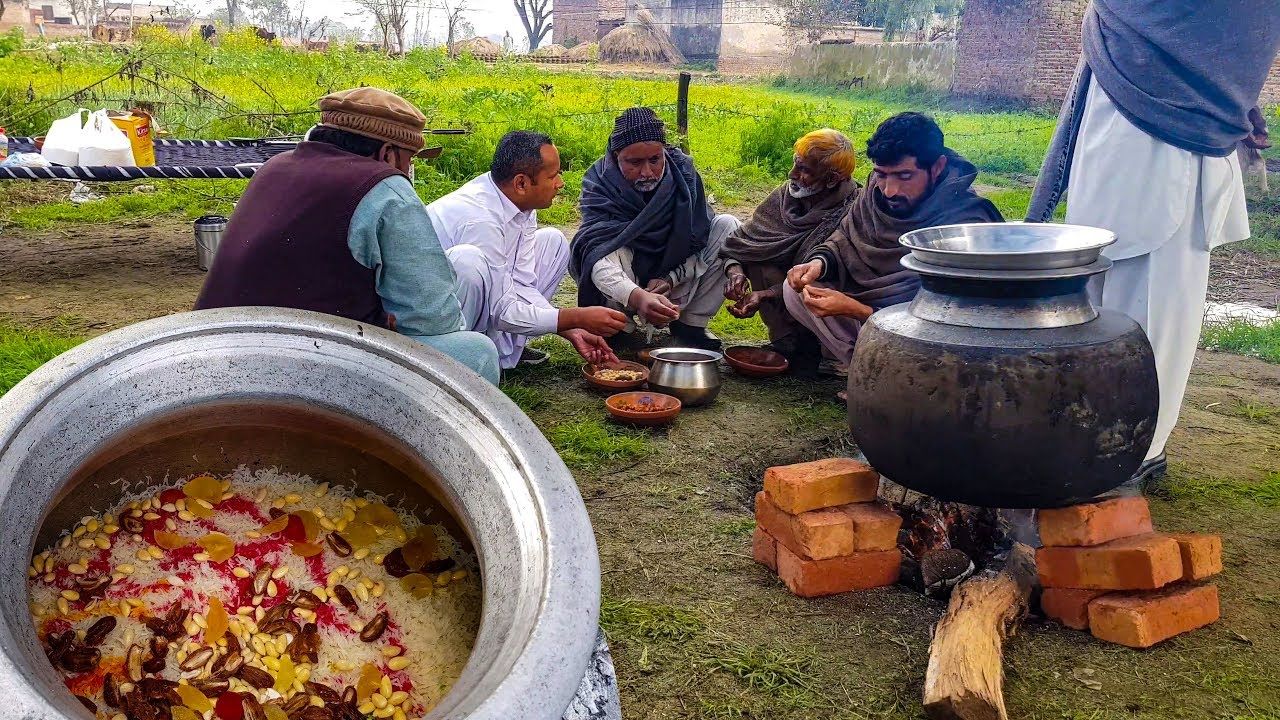
Origins of Mutanjan: Mutanjan, derived from the Persian words “Mutan” meaning sweet and “Jan” meaning life, is a testament to the fusion of flavors and cultures in the region. Its history dates back to medieval times when the Mughal empire flourished in India. The dish is believed to have been a favored delicacy among the Mughal nobility, renowned for their grand feasts and elaborate cuisine.
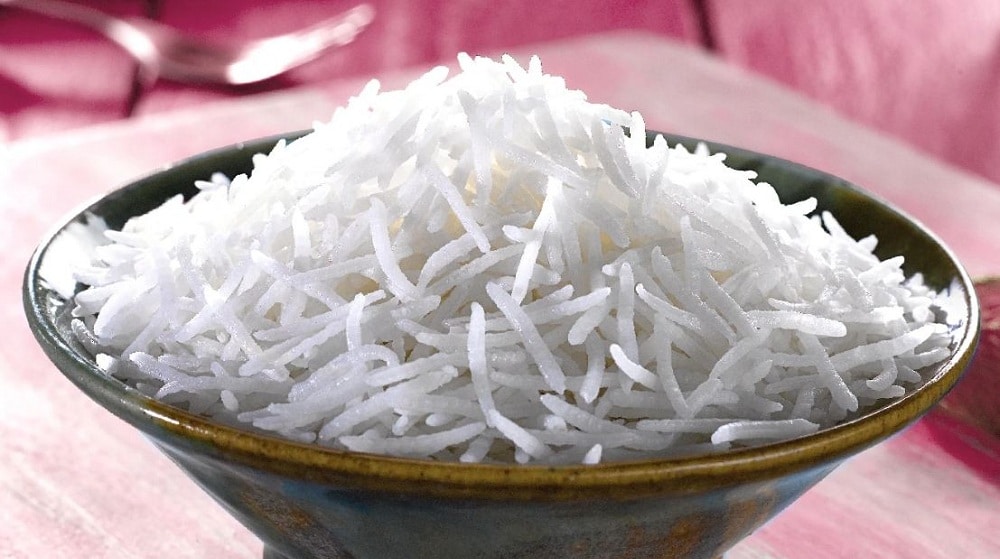
Ingredients and Preparation: Mutanjan is characterized by its unique blend of sweet and savory flavors, often featuring ingredients such as:
- Basmati Rice: Known for its fragrant aroma and long grains, the rice is a crucial component of Mutanjan.
- Meat: Typically lamb or chicken, adding a savory depth to the dish.
- Nuts: Almonds, pistachios, and cashews lend crunch and richness.
- Spices: A medley of aromatic spices like cardamom, cloves, and saffron infuse the dish with warmth.
- Sweeteners: Sugar, honey, or jaggery balance the savory elements and create a harmonious taste.
The preparation involves slow-cooking the rice with meat and spices until it’s tender and fragrant. The dish is then layered with nuts, saffron-infused milk, and sweeteners, creating a stunning visual presentation.
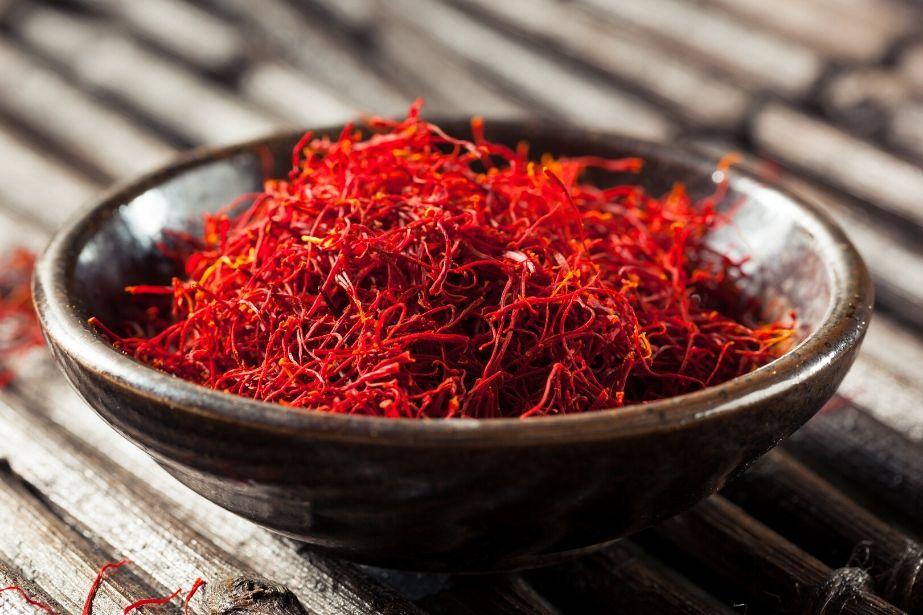
Mutanjan in Muslim Countries: The influence of the Mughal empire spread across borders, introducing Mutanjan to various Muslim countries such as Pakistan, Bangladesh, and parts of the Middle East. Over time, the dish underwent adaptations, reflecting local preferences and ingredients while maintaining its essence.
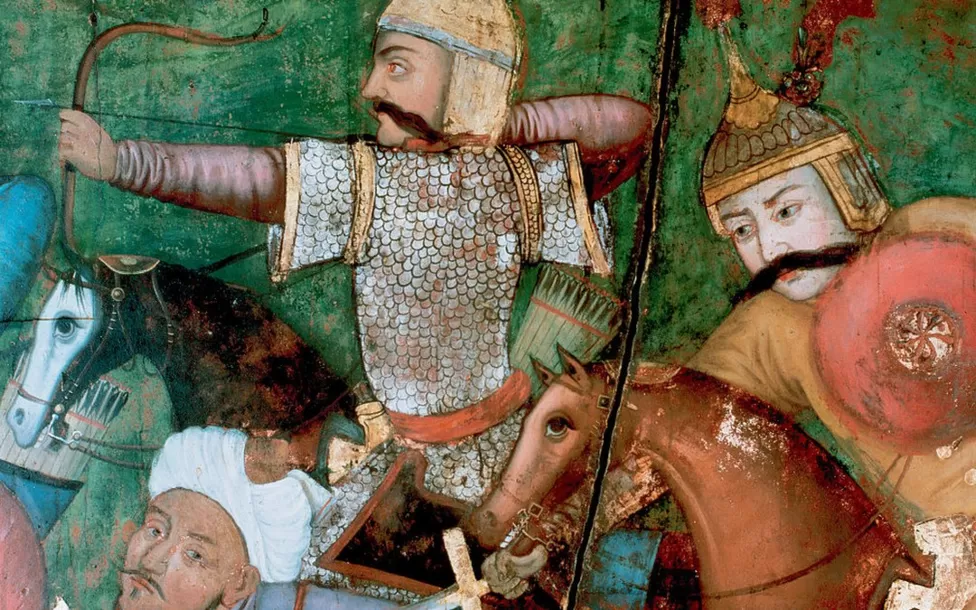
Contemporary Significance: Mutanjan has evolved from being a noble delicacy to becoming a cherished part of festive celebrations, family gatherings, and special occasions in Muslim countries. It’s not only a culinary delight but also a cultural symbol that connects generations and fosters a sense of unity. Preparing Mutanjan often involves a labor of love, showcasing the value placed on preserving tradition and creating lasting memories.
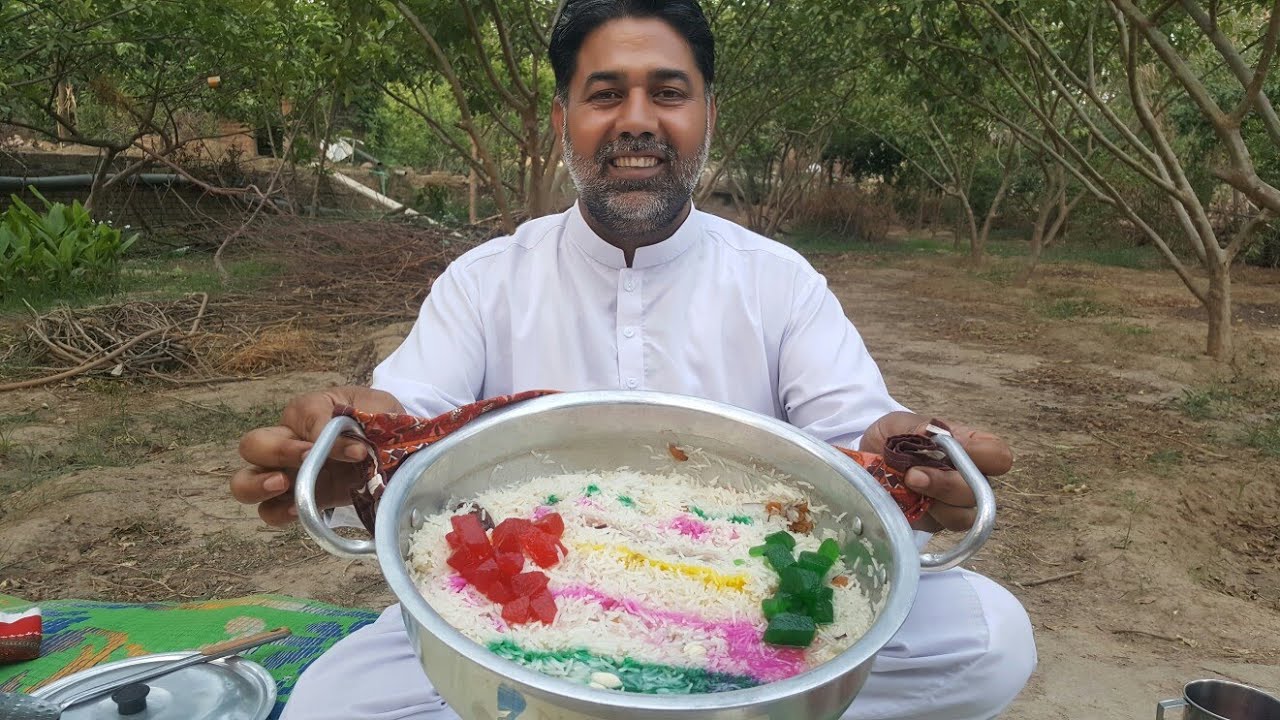
Mutanjan, a testament to the melding of culinary heritage and cultural exchange, continues to dazzle palates in Muslim countries around the world. Its rich history, intricate preparation, and modern-day significance underscore how food can transcend time and geography, bridging the gap between the past and the present. So, as you savor a spoonful of Mutanjan, remember that you’re indulging in a dish that carries the flavors of history and the essence of unity across borders.

